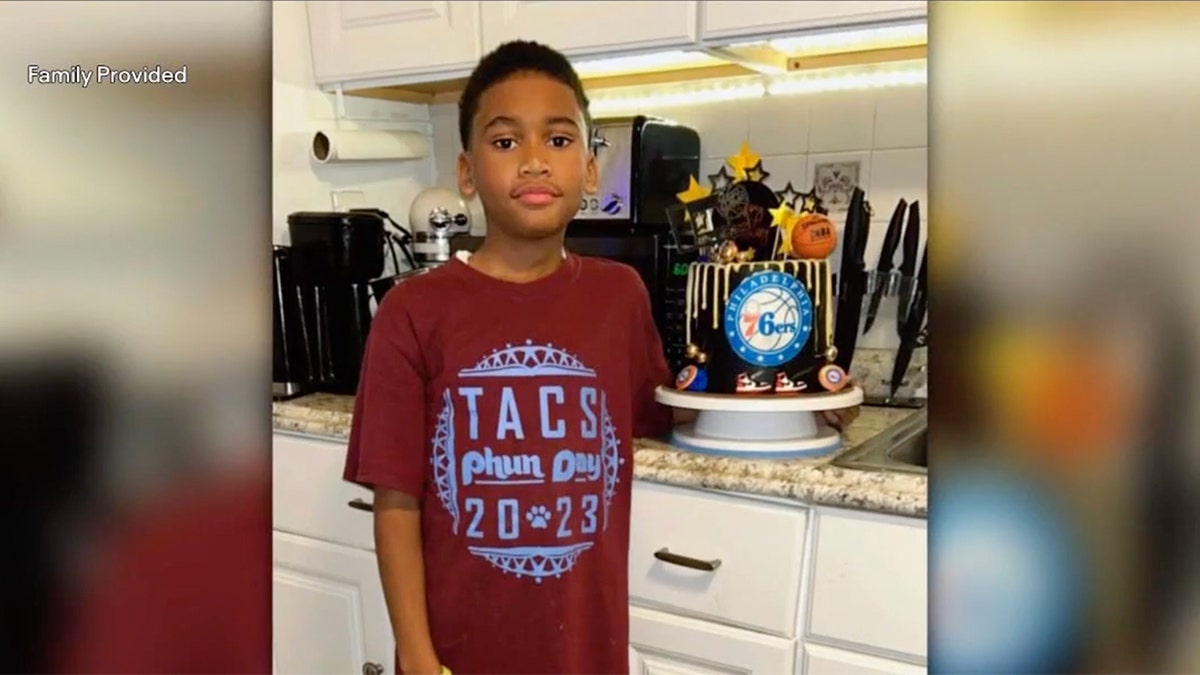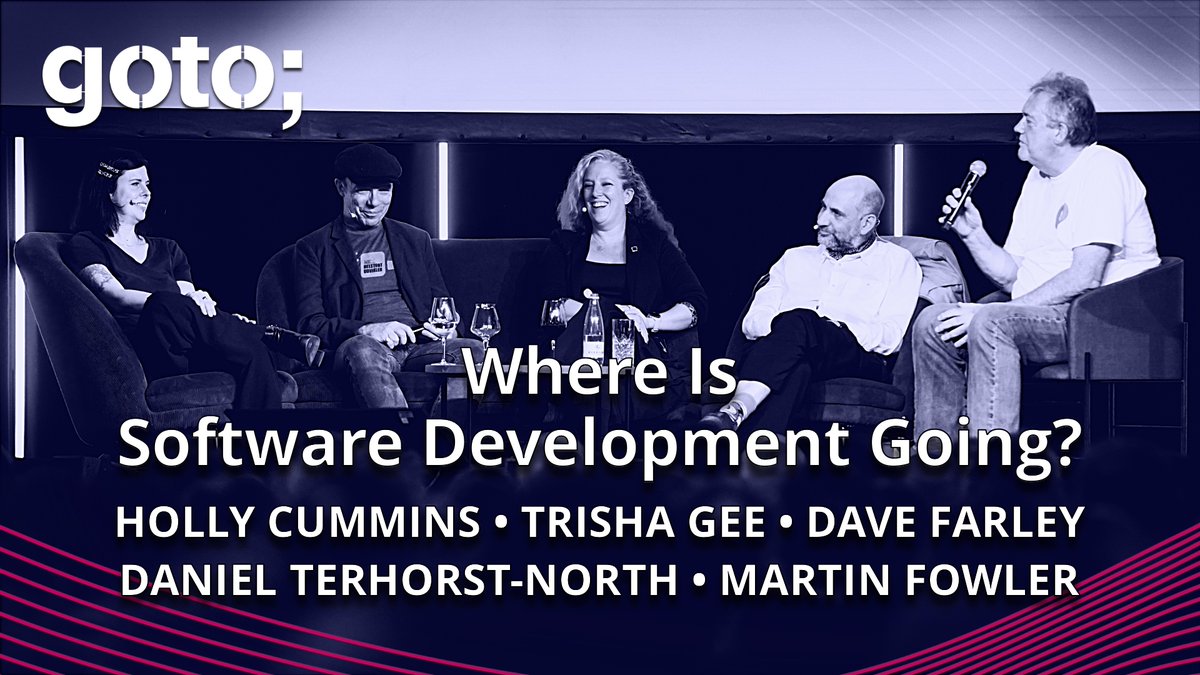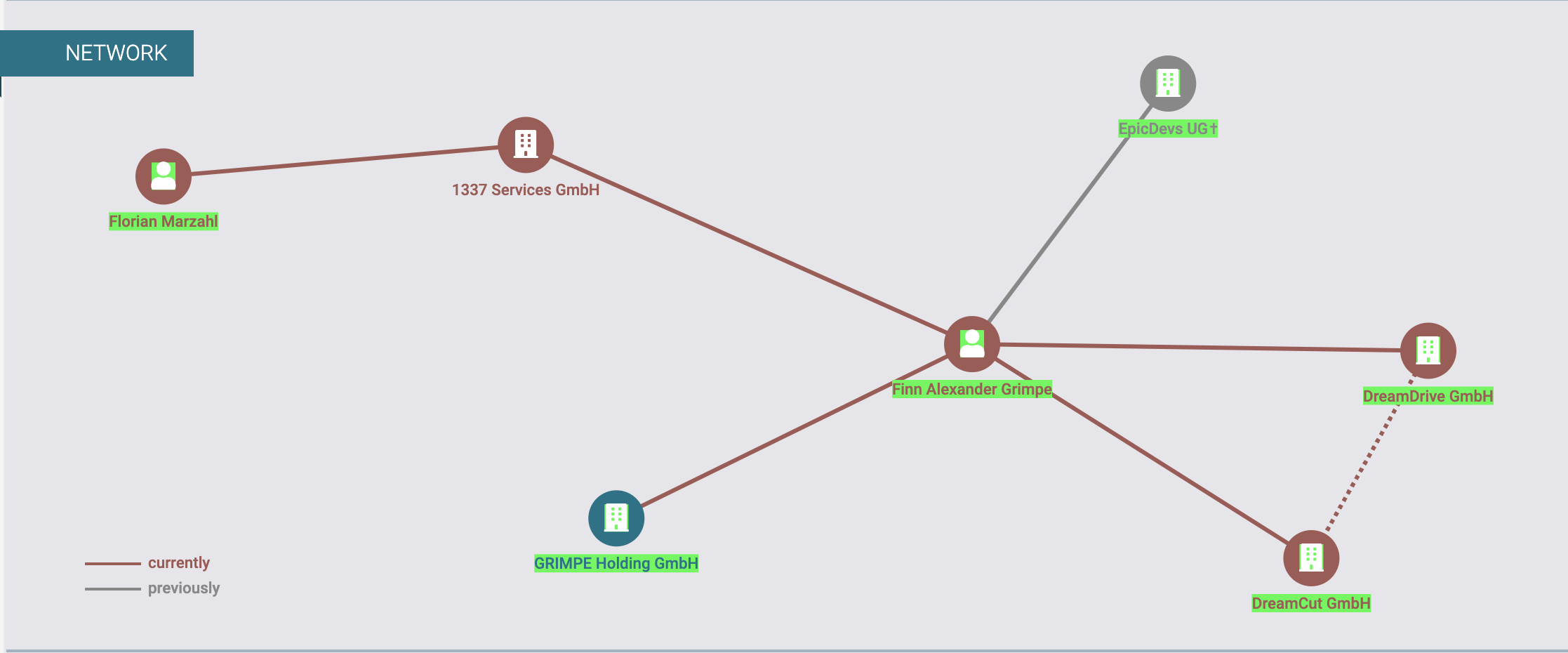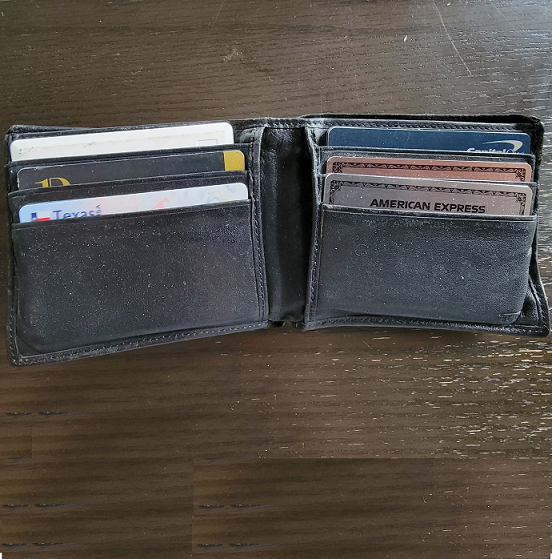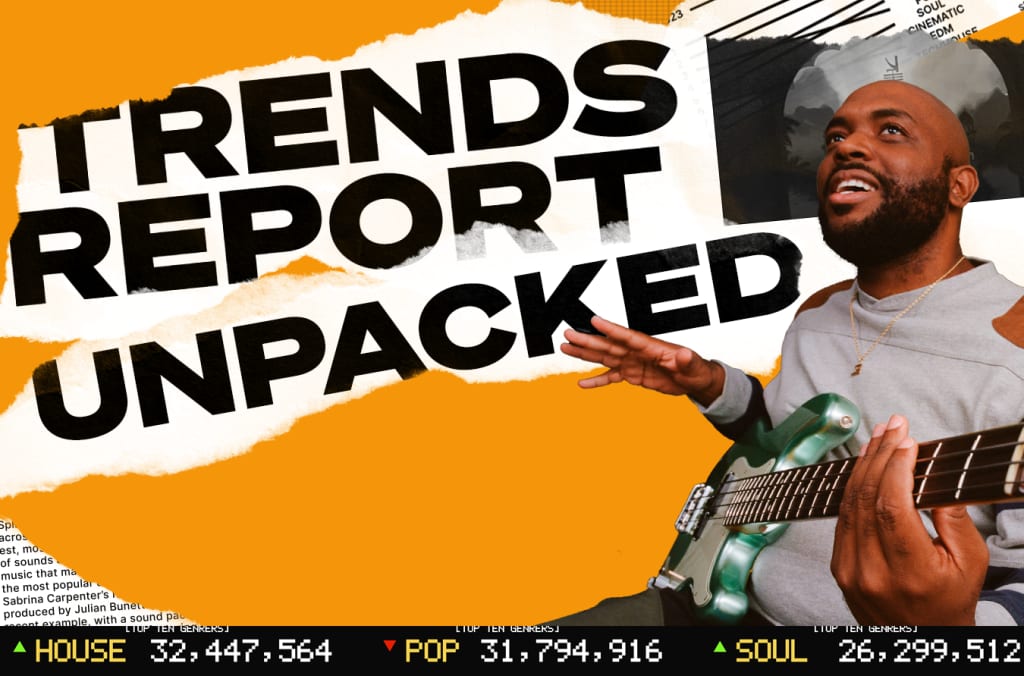Why Teachers Struggle to Change—and How the Immunity to Change Model Can Help
The New Year inspires dreams of transformation—new habits, better routines, and fresh goals. But here’s the catch: change is hard. While 76% of Americans make New Year’s resolutions, only 6% stick with them, according to a Forbes survey. Why do so many fall short? It’s not for lack of effort or good intentions—it’s because meaningful, […] The post Why Teachers Struggle to Change—and How the Immunity to Change Model Can Help appeared first on Dr. Catlin Tucker.

The New Year inspires dreams of transformation—new habits, better routines, and fresh goals. But here’s the catch: change is hard. While 76% of Americans make New Year’s resolutions, only 6% stick with them, according to a Forbes survey. Why do so many fall short? It’s not for lack of effort or good intentions—it’s because meaningful, long-term change requires more than a simple decision; it demands a deeper understanding of why we resist change.
I see this struggle every day in education. Teachers want to improve their practice because their current approach isn’t delivering the outcomes they want for their students or themselves. Yet, even with the best intentions, making real and lasting changes in how we teach can feel daunting, if not impossible. That’s where the Immunity to Change Model, developed by Robert Kegan and Lisa Lahey, can be extremely helpful. It offers educators the tools to understand why change is hard and confront the beliefs and assumptions that may prevent meaningful change.
Technical vs. Adaptive Change
In our newest book, Elevating Educational Design with AI: Making Learning Accessible, Inclusive, and Equitable, Dr. Novak and I explore the critical difference between solving technical problems and making the deeper, more transformative shifts required for adaptive change. Technical problems or challenges have straightforward solutions that can be implemented quickly. For example, a teacher may struggle to use a new technology tool the district has purchased. The solution could involve the teachers attending a training session, working with colleagues in a PLC, or watching a series of how-to videos on YouTube.
By contrast, adaptive change is complex and often ambiguous, demanding shifts in mindset, values, and behaviors. Unlike technical fixes, the solutions to adaptive challenges require new learning, experimentation, and collaboration—and they take time to implement. For example, a teacher transitioning from a lecture-based approach to a student-centered model of lesson design must do more than adopt new instructional strategies. They must fundamentally rethink their role in the classroom and their beliefs about how students learn best.

